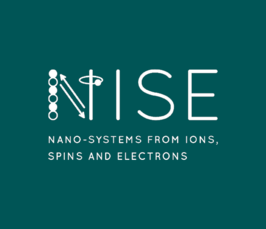Polymeric synapses for neuromorphic computing
Seminar
- Postponed to June/July 2020
- Date: Apr 16, 2020
- Time: 11:00 AM (Local Time Germany)
- Speaker: Dr. Hans Kleemann
- Dresden Integrated Center for Applied Physics and Photonic Materials (IAPP) and Institute for Applied Physics, Technische Universität Dresden
- Location: Max-Planck-Institut für Mikrostrukturphysik, Weinberg 2, 06120 Halle (Saale)
- Room: Lecture Hall, B.1.11

Interconnectivity, fault tolerance and dynamic evolution of the circuitry have been long sought-after objectives of bio-inspired electronics and engineering. The massive parallelization of the neuronal circuitry grants the human brain superior efficiency and capabilities in cognitive learning and pattern recognition compared to digital, transistor-based machines.
Here, we propose polymeric artificial synapses as building blocks for neuromorphic computing. The distinctive features of such synapses are their dendritic topology and their AC signal-triggered growth. Owing to this resemblance to biological synapses, we employ them to achieve complex brain-like features in response to action potentials. The dendritic growth is reminiscent of the biological mechanisms known as synaptogenesis, and it is carried out by an electrochemical reaction that we name field-directed polymerization. We exploit it to update the synaptic weight of the desired connection and to show how the electrical signal that induces the growth tunes the relevant time constants for short- and long-term plasticity, as well as mimicking learning and potentiation.
We demonstrate multiple neuromorphic features that are granted (or prevented) depending on the temporal pattern of the input signal: among these, Pavlovian learning, pattern recognition, and spike-timing-dependent plasticity. We employ the dendritic artificial synapses to show a new device-concept capable of recognizing numerical patterns and explore possible pathways towards biocompatibility, neuroprosthetics, and brain-inspired computing.